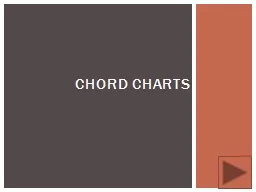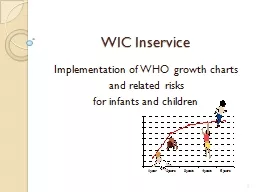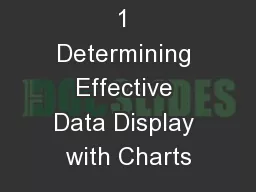PPT-CHARTS AND GRAPHS
Author : sherrill-nordquist | Published Date : 2016-04-20
Find phrases from the text which mean went up and down frequently did not change went up a little went up very quickly arrived at its highest point went up noticeably
Presentation Embed Code
Download Presentation
Download Presentation The PPT/PDF document "CHARTS AND GRAPHS" is the property of its rightful owner. Permission is granted to download and print the materials on this website for personal, non-commercial use only, and to display it on your personal computer provided you do not modify the materials and that you retain all copyright notices contained in the materials. By downloading content from our website, you accept the terms of this agreement.
CHARTS AND GRAPHS: Transcript
Download Rules Of Document
"CHARTS AND GRAPHS"The content belongs to its owner. You may download and print it for personal use, without modification, and keep all copyright notices. By downloading, you agree to these terms.
Related Documents














